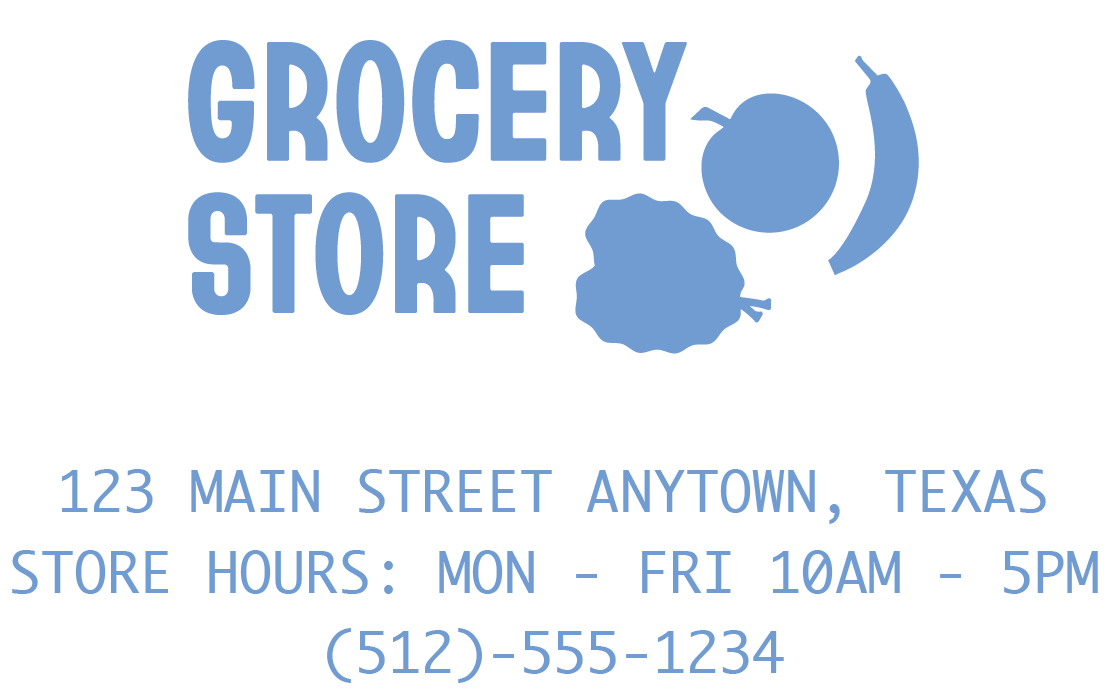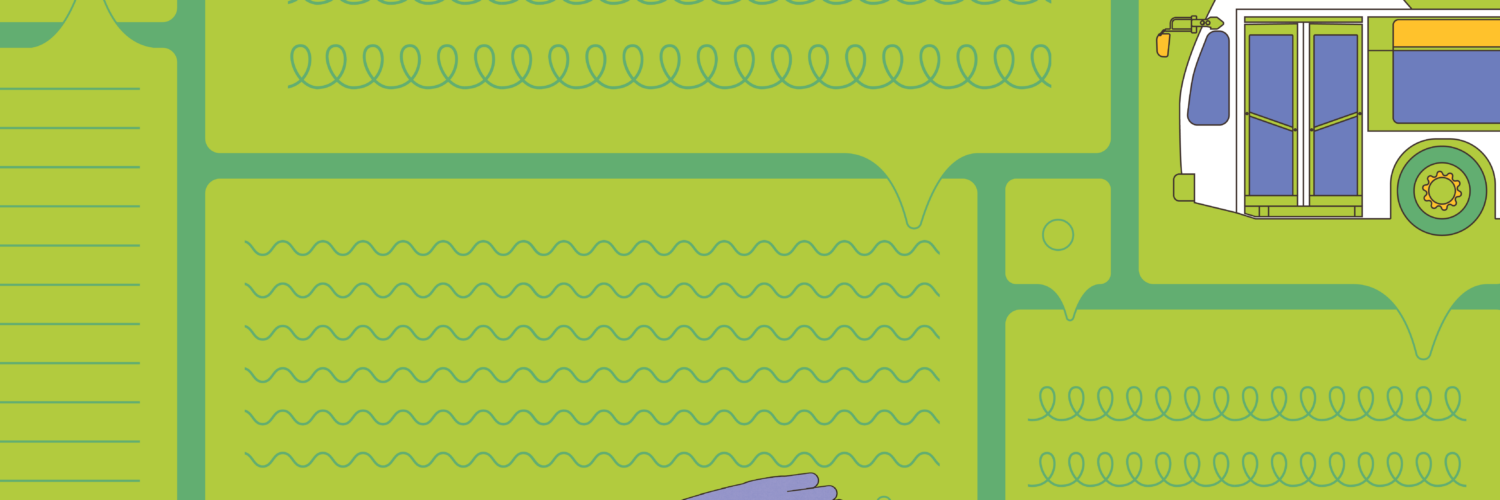
Texan’s Perspectives on and Experiences with
Food and Nutrition Security
EHF’s annual polls help guide the foundation’s work. We believe in the importance of incorporating the voices of Texans on health and health policy issues with the hope of integrating their opinions in decision-making conversations at state and local levels. This year, we asked Texans to weigh in on three key issues in public health: maternal mortality, diabetes prevention, and food & nutrition security.
What is Food and Nutrition Security?
The United States Department of Agriculture (USDA) defines Nutrition Security as consistent access to nutritious foods that promote optimal health and well-being. This definition of Nutrition Security represents the combination of diet quality and food security.
For this study, we define Food Insecurity as those who report at least one of the following:
- Often not having enough to eat in the past 12 months
- Often worried food would run out before having money to buy more
- Often true that food bought didn’t last and didn’t have money to buy more
- Often couldn’t afford balanced meals
Access to Healthy Food
Eight in 10 Texas adults say areas with limited access to affordable and healthy food are a problem in the state.
Nearly three in 10 Texas adults say their community does not have enough grocery stores and places to get healthy food.
“My community does not have enough grocery stores and places to get healthy food.”
Texans who say they struggle to access grocery stores and healthy food are more likely to be people of color, people who live in rural areas, and people who have lower household incomes.
Additionally, perceptions on the availability of local access to grocery stores and healthy food has increased since 2023 for many. In this year’s poll, 47% of Black residents say their community does not have enough grocery stores and places to get healthy food, a 12% increase from 2023 (35%).
Similarly, 24% of Asian-American and Pacific Islander (AAPI) residents in 2024 say their community does not have enough grocery stores and places to get healthy food, a 12% increase from 2023 (12%).
Reliable transportation is vital to accessing healthy foods.
This year’s survey found that those who live in a household with food insecurity experience are three times more likely to say it is very or somewhat difficult to travel to grocery stores and places to buy healthy food compared to adults in households without a food insecurity experience.
“Limited Supermarket Access” in Texas
To take a closer look at how reliable transportation affects access to grocery stores, Reinvestment Fund has released a Low Supermarket Access mapping tool. This tool identifies areas that have both inadequate and inequitable access to healthy food and sufficient market demand for new or expanded food retail operations.
Zooming in on Texas, many of the areas designated as “Limited Supermarket Access” are concentrated outside and surrounding major metropolitan areas. In this context, “Limited Supermarket Access” are block groups that when combined have at least 5,000 residents who need to travel almost twice as far for a full-service supermarket relative to residents in block groups with similar population density, and above average incomes.
Food Affordability
Four in 10 Texans say it is very or somewhat difficult for their family to afford food.

Three in 10 Texans say that over the previous 12 months, their household experienced some form of food insecurity.
| OFTEN COULD NOT AFFORD TO EAT BALANCED MEALS | 22% |
| OFTEN EXPERIENCED FOOD AND NOT LASTING AND NOT HAVING MONEY TO BUY MORE | 15% |
| OFTEN WORRIED ABOUT RUNNING OUT OF FOOD BEFORE HAVING MONEY TO BUY MORE | 19% |
| OFTEN OR SOMETIMES NOT HAVING ENOUGH TO EAT | 13% |
Food affordability is directly related to living in a low food access area. More than half of those who live in an area that does not have enough places to get healthy food say they find it difficult to afford food (54%).
Estimated Percent of Food Insecurity and SNAP Eligibility by County
Regarded as one of the most effective programs to combat hunger, SNAP provides monthly cash benefits to eligible recipients for use at authorized food retailers as well as access to a variety of training and education programs to promote their health and wellness.
Across Texas counties, there are 1.6 million SNAP cases statewide as of February 2025. To better understand food insecurity rates and access to SNAP benefits, this mapping tool depicts county-level food insecurity rates across Texas as well as SNAP enrollment data. Using monthly SNAP enrollment data provided by Texas Health and Human Services and Census population data, we can use the map to estimate how many people are experiencing food insecurity and the presence of SNAP in each county.
SNAP participation can have many benefits. For those experiencing food insecurity, multiple studies have found that participation in SNAP was associated with improved medication adherence, reduced health care costs, better self-reported health status, reduced psychological stress, and a lower chance of hospital admission in older adults. Additionally, participation as a child in the program was associated with decreased rates of metabolic syndromes as an adult.
Addressing Food and Nutrition Security
As a key non-medical driver of health, food and nutrition security has become one of three Priorities for Change for EHF. Several of our partners organizations working to promote food and nutrition security among Texans.
Hover over each strategy to reveal Texans’ perspectives:
preventative health care, including screenings for diabetes
Q: What actions could officials take to prevent diabetes?
eating healthier and getting more exercise
encouraging doctors and nurses to discuss diabetes risk
Six in ten Texans

providing free or reduced-cost health insurance to low-income Texans
Q: What actions could officials take to prevent diabetes?



educational resources and community classes
About half of Texans also say providing educational resources and community classes on healthy eating would be effective

Moving Forward
For Texas to fully realize its great potential, all Texans must have the ability to thrive. Elevating the voices of Texans through polling has the ability to influence health policy choices and provide Texans’ opinions about health and health care conditions.
Access to nutritious food plays a critical role in improving health outcomes. Studies show that pregnant women with food security are less likely to experience complications like gestational diabetes or low birth weight. Consistent access to healthy foods can help prevent or manage Type-2 diabetes, which affects one third of adult Texans.
Addressing food and nutrition insecurity is a powerful, preventive step toward overall health, including healthier pregnancies and reducing chronic disease.
EHF will work with innovative partners in health systems, governments, food systems, and communities with lived experience to address and improve food and nutrition security especially for low-income and marginalized Texans.
The goal is to co-create and develop new solutions to transform Texas food systems to be more equitable and sustainable. Ultimately, this work is intended not just to meet basic food needs for communities, but to use equitable access to healthy food as an avenue to improve health outcomes and allow all populations to thrive.
